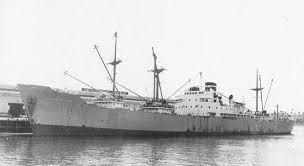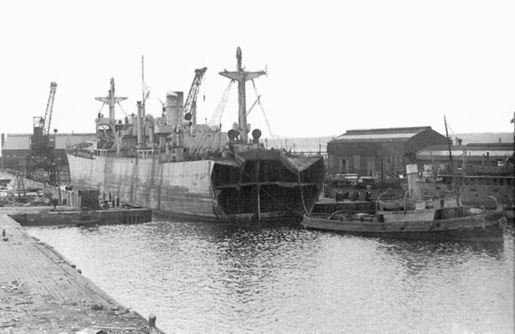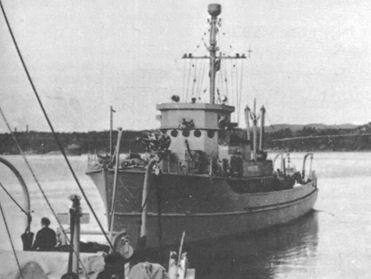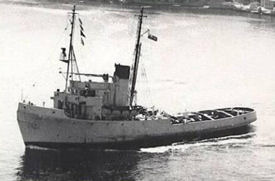Swansea and Port Talbot Docks History
The Visit of U -1023 to Swansea
On the morning of June 20th, 1945, barely 6 weeks after the end of WW2, a surrendered German U-boat U 1023 tied up at the entrance to Swansea Docks, awaiting the morning tide, prior to berthing in the North Dock basin, where she would be open to the public for 3 days |
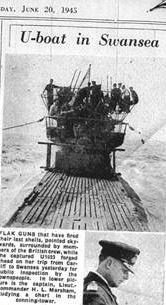
At the end of hostilities, 156 U-Boats either surrendered or were captured in ports across W. Europe.Some were shared by the U.K., U.S. and Soviet navies for testing purposes and the Royal Navy was tasked with disposing of the remaining 116 boats. This became known as Operation Deadlight, where all remaining U-Boats were to be towed into deep water off the coast of Northern Ireland and be sunk by whatever means.U -776 did a tour of the East coast of the U.K. and also visited Shetland |
FOR SAILORS FUND
The tour of both these vessels was intended to raise funds for the King George’s Sailors Fund, whilst also satiating a public thirst for knowledge of these mysterious vessels, which wreaked so much havoc from 1939 to 1943, continuing their destruction of allied vessels right until the end of hostilities |

Crowds visit U-1023 at North Dock basin. June 21st 1945
Extracts from S.W.E.P. June 21st 1945
Late arrivals disappointed Rush to see captured U-Boat
Early attendance is necessary to ensure getting aboard the surrendered German submarine U-1023, now lying in the North Dock basin.Public inspection is being continued today and tomorrow until 7p.m.Last night, however, latecomers had no chance of getting on board. One arrival came with a small boy at 5p.m. and was informed by police that there would be no more admissions to the queue which had about 700 people in it already, with batches of 15 being allowed aboard at a time. |
The suggestion has been made that part of the quayside should be fenced off to allow a large body of people to have a close up view of the hull and upper works which is not readily available by the people in the queue.
As is usual in submarines, living and operating quarters are mixed up to an astonishing degree, but while the present Royal Navy crew are agreed there are excellent features about the submarine, the provision of bunks, and notably the speed she does-she does a comfortable 17.8 knots on the surface, and a submerged speed of 8 knots, they do not like her ‘centre feeding’ one long line from stem to stern, broken by round water tight doors.
The German submarine U-1023 was launched on 3rd May 1944 at the Blohm & Voss shipyard in Hamburg, she was a Type VIIC/41 boat. From her commissioning on the 15th June 1944 until 28th February she was attached to the 31st Training Flotilla (31.U-Flottille, Hamburg Ausbildungsboot (under training) Oblt. Wolfgang Strenger in command. From the 1st March 1945 U-1023 was attached to the 11th Flotilla (11.U-Flottille, Bergen, Frontboot (operational) Kptlt. Heinrich-Andreas Schroeteler (Knights Cross) in command. U-1023 departed from Bergen on her first and last war patrol on the 25th Mar 1945.
On the 23rd April U-1023 attacked convoy TBC-135 and damaged the 7,345 ton merchant ship Riverton (launched 1943 at Burntisland Shipbuilding Co Ltd, Burntisland). Three of her crew of 48 lost their lives in the attack which took place off St. Ives in the Bristol Channel. The vessel was later beached at St. Ives.
